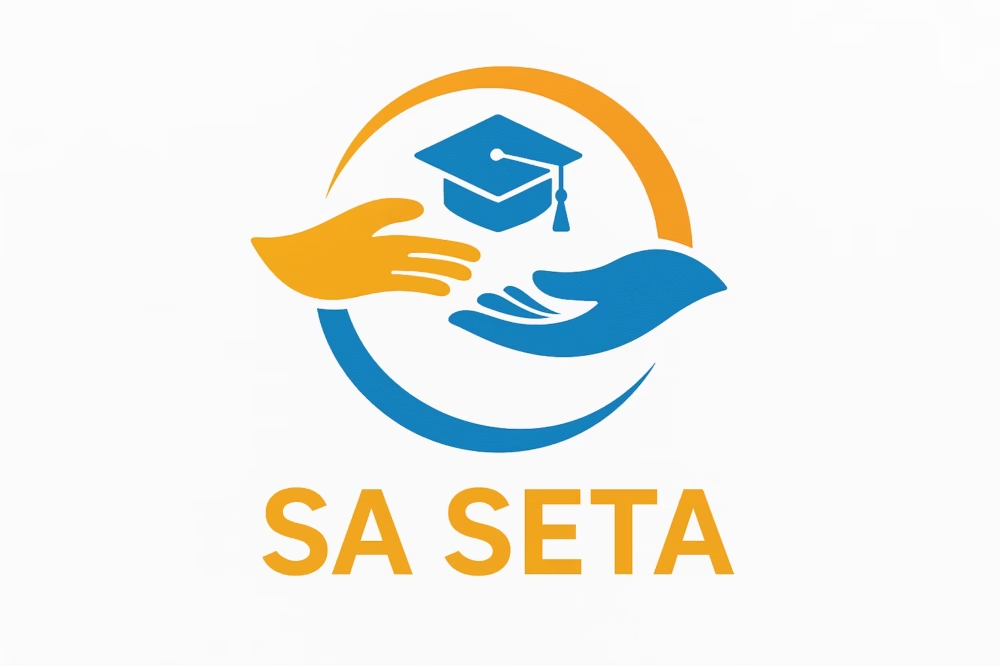How to Apply for SETA Grants-Accessing SETA grants and funding can significantly reduce your training costs and help you develop a skilled, empowered workforce. This guide walks you through each step to ensure a smooth and compliant application process.
Step 1: Register as an Employer with SARS and a SETA
- Ensure your business is registered with SARS and paying the Skills Development Levy (SDL).
- Identify your industry’s relevant SETA (e.g., Services SETA for service-related sectors).
- Your SETA will be assigned based on your SIC (Standard Industrial Classification) code.
📌 Tip: Confirm your SETA by checking your SDL registration confirmation or contacting SARS.
Step 2: Appoint a Skills Development Facilitator (SDF)
An SDF is your key liaison with the SETA and responsible for:
- Preparing and submitting the Workplace Skills Plan (WSP)
- Compiling the Annual Training Report (ATR)
- Applying for discretionary grants
✅ This can be an internal HR staff member or an external consultant.
Step 3: Develop and Submit Your WSP & ATR
To qualify for mandatory grants (20% SDL refund):
- Compile your Workplace Skills Plan – outlines training plans for the year.
- Compile the Annual Training Report – reports on actual training completed in the previous year.
- Submit both documents before the annual SETA deadline (usually around 30 April).
📌 Use your SETA’s online portal (e.g., Services SETA’s Indicium system).
SETA Grants and Funding: A Guide to Unlocking Training Support
Step 4: Apply for Discretionary Grants (When Open)
Discretionary grants can cover 80–100% of costs for:
- Learnerships
- Internships
- Apprenticeships
- Bursaries
- Skills programs
📝 How to Apply for SETA Grants:
- Respond to your SETA’s Discretionary Grant Window Call (often in Q2 or Q3 each year).
- Submit an application with a detailed project proposal.
- Show alignment with the SETA Sector Skills Plan (SSP) and national priorities.
📌 Deadlines and requirements vary, so regularly check your SETA’s website or subscribe to their updates.
Step 5: Use Accredited Training Providers
To be eligible for funding, all training must be conducted by:
- SETA-accredited providers
- Registered Assessors and Moderators
- Using SAQA-aligned qualifications or unit standards
📌 You can find a list of accredited providers on the Services SETA website or by contacting the SETA directly.
Step 6: Track and Report Progress
Once training has started:
- Monitor attendance and completion
- Keep detailed records and proof of delivery
- Submit evidence to the SETA for verification
This is essential to:
- Claim remaining grant tranches
- Ensure future funding
- Comply with B-BBEE verification audits
Step 7: Claim Your Grant
If your application is successful:
- You’ll receive a grant letter of approval
- Submit required documentation (invoices, reports, completion certificates)
- Grant payments are made according to SETA policies (often in tranches based on milestones)
Common Mistakes to Avoid
❌ Missing submission deadlines
❌ Not using accredited training providers
❌ Incomplete or incorrect WSP/ATR documentation
❌ No alignment with SETA priorities
❌ Poor record-keeping
Quick Checklist
| Requirement | Mandatory Grant | Discretionary Grant |
|---|---|---|
| Pay SDL to SARS ✔ | ✔ | |
| Register with SETA ✔ | ✔ | |
| Appoint SDF ✔ | ✔ | |
| Submit WSP/ATR ✔ | ✔ | |
| Accredited Training Provider | ✔ | ✔ |
| Apply during SETA grant window | ✖ | ✔ |
| Align with Sector Skills Plan | ✖ | ✔ |
Final Thoughts
Applying for SETA grants and funding isn’t just about ticking boxes—it’s a strategic move to future-proof your workforce and maximize ROI on training. By following this step-by-step guide and working with a qualified Skills Development Facilitator, your business can unlock significant financial and developmental benefits.

